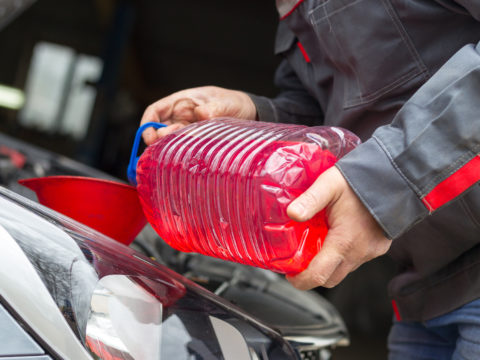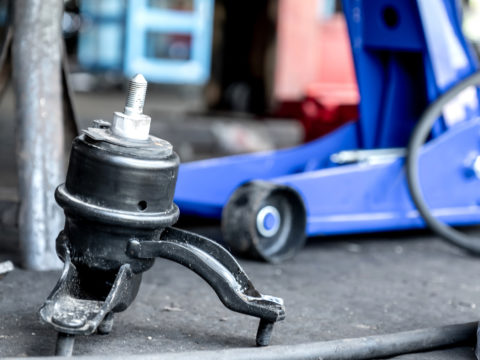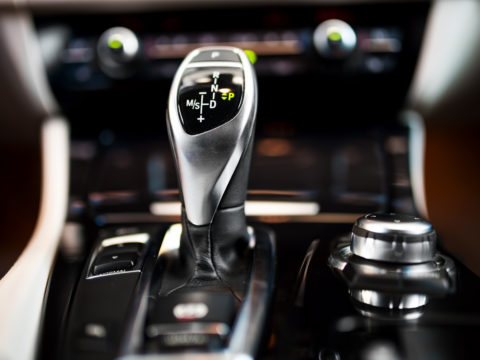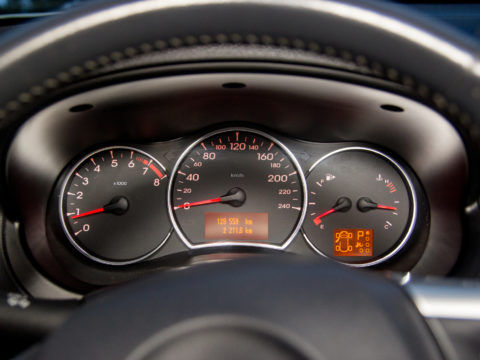If you’re not sure about double clutch shifting, there’s a lot you should know about this technique before trying it in your car. Vin Diesel says you should be double clutching in the “Fast and the Furious.” But should you?
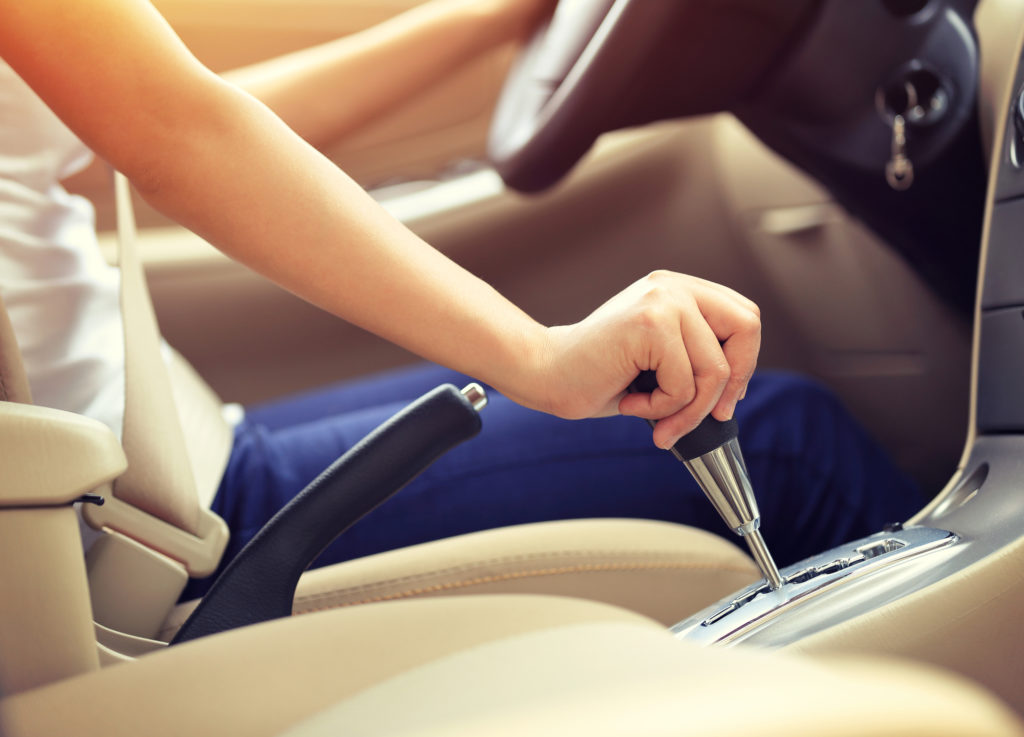
Contents
What exactly is Double Clutch Shifting?
Double clutching is a technique used in a manual transmission car when the driver wants to drop into a lower gear during hard deceleration.
For instance, if a driver is approaching a hard turn and in fourth gear, they might want to downshift to second. Instead of shifting sequentially from fourth to third and then from third to fourth, they can press the clutch pedal and take the car out of gear.
This action couples the clutch to the engine and uncouples it from the transmission. That’s one clutch. The driver then blips the throttle, speeding up the engine’s rotation and the clutch, making it easier to match to a lower gear. To complete a double clutch, the driver then presses the clutch pedal again and selects the second gear.
Clutching Terminology
Let’s look at some phrases you might hear on the topic of clutching. Some terms sound similar, so it’s best to understand them well.
Double Clutch vs Single Clutch
A single clutch is only one clutching action. A double clutch requires two clutching actions. When decelerating and trying to match the speed of the engine, the clutch, and the next gear in the transmission, double clutching comes in handy.
Double Clutching vs Granny Shifting
Granny shifting is a term describing the one-gear-at-a-time method of driving a manual transmission. Upshifts are almost always sequential, but a skilled driver can skip gears when it comes to downshifting, making for a more aggressive and faster approach.
To granny shift, a driver presses the clutch pedal and selects the next gear. They repeat this all the way down through the gears and then back up as appropriate for the road conditions and their desired speed.
Rev Matching vs Double Clutching
Rev matching means using the accelerator pedal to match the engine’s speed to the transmission speed during deceleration. A driver does this by pressing the clutch pedal to disengage it from the engine and then blipping the accelerator before selecting the next gear, all with the clutch pedal depressed.
If you don’t rev-match properly, it puts a strain on the drivetrain, and it feels jerky in the car. Repeated poor matching of the revs can do significant damage to a car’s transmission. Rev matching only uses the clutch once, so it’s different from double clutching.
Double Clutching vs Floating Gears
Floating gears is a technique where you don’t use the clutch to get into the next gear. Shifting gears with this technique is something heavy truckers do quite often. Some big truck drivers also double clutch on their upshifts to make things smoother and to minimize shock on the driveline. The techniques are different, so if you want to see them in action, check out this video.
Heel-Toe Double Clutch
Heel-toe technique is used in conjunction with double clutching. There are three pedals on a manual transmission car, and since a driver only has two feet, they use their right foot to press the accelerator pedal and the brake pedal.
Typically the driver will rest the outside of their right foot on the longer and skinnier accelerator pedal and then use their toes to press the brake, hence, heel-toe. When used along with double clutching, this makes for a much faster and aggressive approach to downshifting.
To better understand what it looks like in action, check out iconic Formula 1 driver Ayrton Senna’s heel-toe and double-clutching technique.
When Do You Need to Double Clutch?
On most modern cars, you only need to double clutch in extreme deceleration or if you’re driving very aggressively. That’s because modern cars have synchronizers built into the transmission to make shifts smoother and more forgiving. On older cars that lack synchros, you might need to double clutch fairly often to ‘find’ your next gear smoothly.
Big trucks sometimes need double clutching to maintain smoothness. But some drivers will prefer to float shift, and it’s really a matter of preference. One technique isn’t proven better than the other.
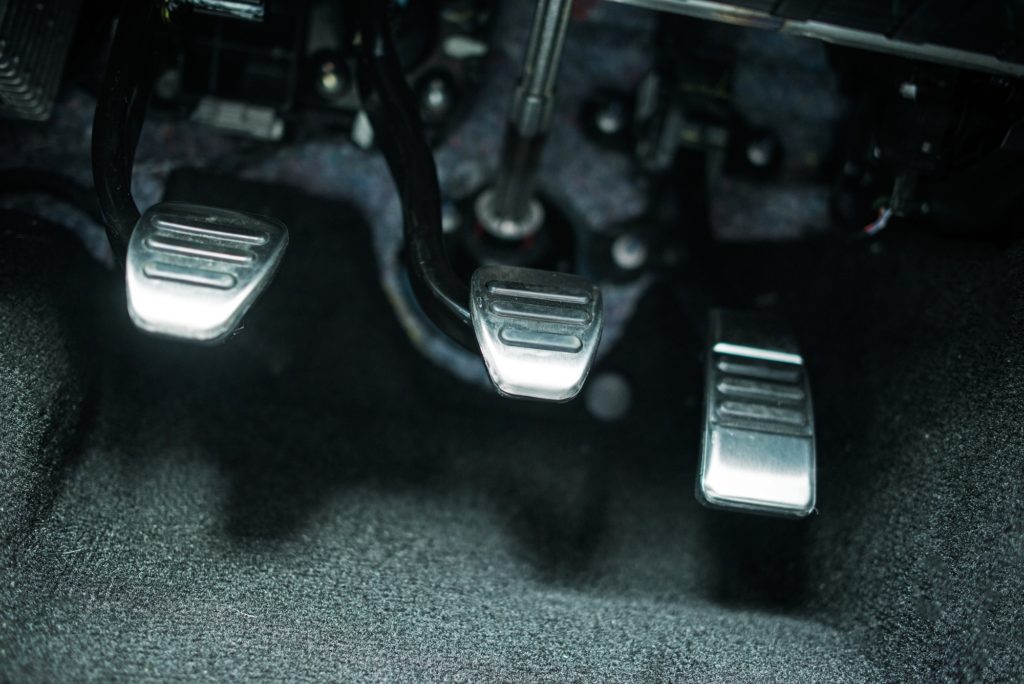
Vehicles That Allow Double Clutch Shifting
Some vehicles benefit from double clutching more than others. Vehicles that may require double clutching include:
- Cars with unsynchronized transmissions
- Big rigs
- Race cars
Standard transmission cars all allow for double clutching. But, for vehicles featuring a synchro-equipped manual transmission, double clutch shifts are unnecessary as long as it’s being driven sedately. The most common time you’ll benefit from a double clutch is when trying to get from 2nd to 1st.
Dual Clutch Transmission Advantages
A dual clutch transmission is a system where there are two clutches. The easiest way to consider this setup is that it allows for the transmission to preselect the next gear in each direction, making for highly responsive gear shifting. Full throttle upshifts can be almost violent in a high-power sports car, like the Audi V10 R8.
How to Drive a Dual Clutch Transmission
To operate a dual clutch transmission car, follow these steps:
- Move the gear selector from Park to Drive
- Use the gear selector to upshift and downshift as needed (on some models, the car may do so on its own)
It really is that simple! But, you should also avoid:
- Taking your foot off the brake when stopped
- Rev the engine with your foot on the brake
- Use the engine to hold the car in place on a steep hill
So, Is Double Clutching Good or Bad?
Double clutching done right is a great technique if you’re trying to emulate your favorite racing driver. On most modern cars, it’s unnecessary, and on a car or truck lacking a synchronized gearbox, it’s mandatory in some situations. The most important thing to remember is that double clutching done wrong might damage your transmission, and that can be quite expensive!

